One of the sights of Málaga is the Castillo de Gibralfaro. The ruins of the castle are located high above the old town.
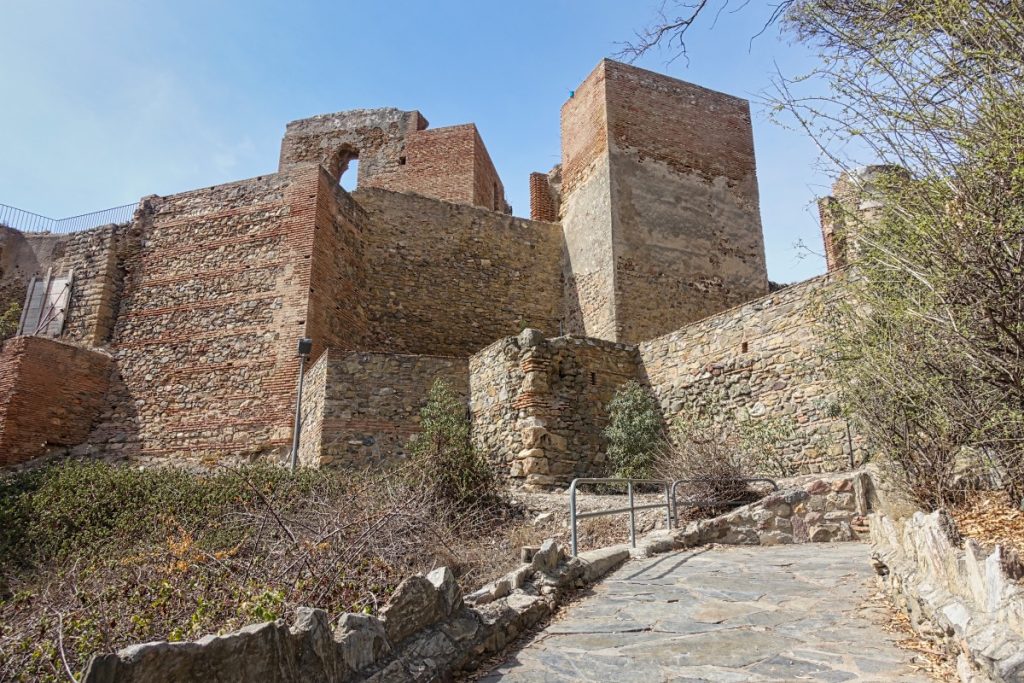
The hill on which the remains of the castle are located is about 135 metres high. It is easy to walk up the steep path along the walls of the Alcazaba. The view of the city is already beautiful during the ascent and quickly made us forget the effort. I was particularly impressed by the view of the Alcazaba, which didn’t look that big from the street.
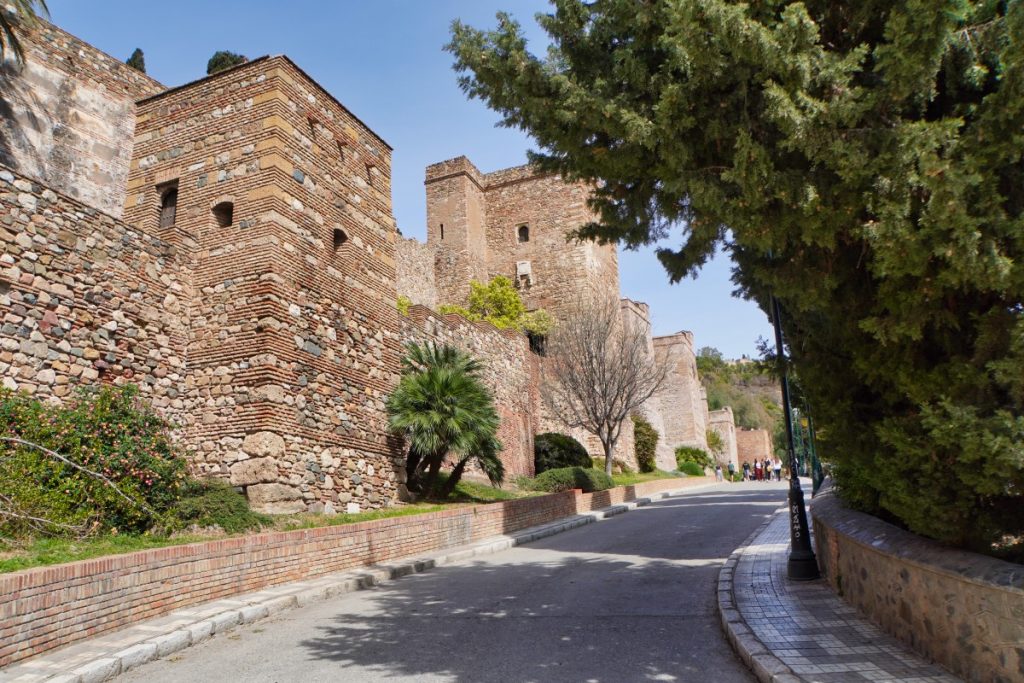
If you can’t or don’t want to walk up, you can park at the entrance or take the hourly bus. Those travelling by hop-on hop-off bus can also get off at the Castillo de Gibralfaro.
Castillo de Gibralfaro – History
The 135-metre-high hill was already a suitable site for building and as a vantage point in ancient times. Emir Abd ar-Rahman III from Córdoba (he ruled 912-961) had the first fortress built on the existing Phoenician wall remains.
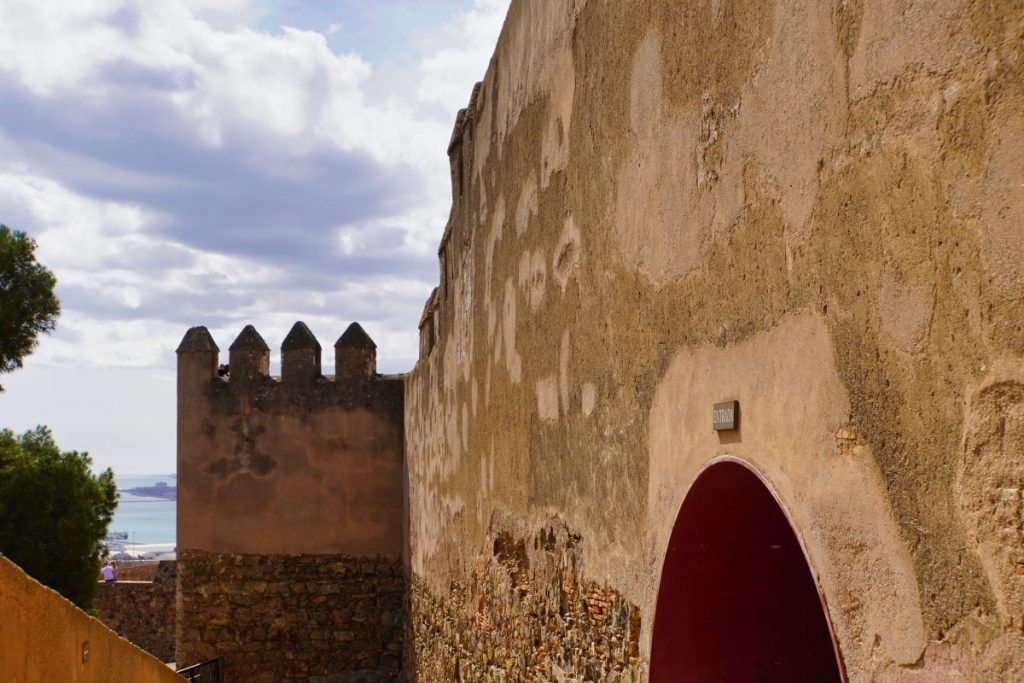
In the 14th century, during the reign of Yusuf I of Granada, the existing fortress was converted into a palace-fortress. Not only could the ruler live here, but his soldiers could also be accommodated.
The castillo had two rings of walls and eight defence towers and was considered impregnable due to its location high up on the hill. The Catholic Kings Isabella I of Castile and Ferdinand II of Aragon nevertheless succeeded in taking it, but only after a three-month siege in 1487. Málaga was one of the last cities to fall under Christian rule after this siege as part of the Reconquista. The Moors were finally driven out of Spain. King Ferdinand moved into Gibralfaro Castle as the new occupant, while Queen Isabella preferred to take up residence in the city of Málaga.
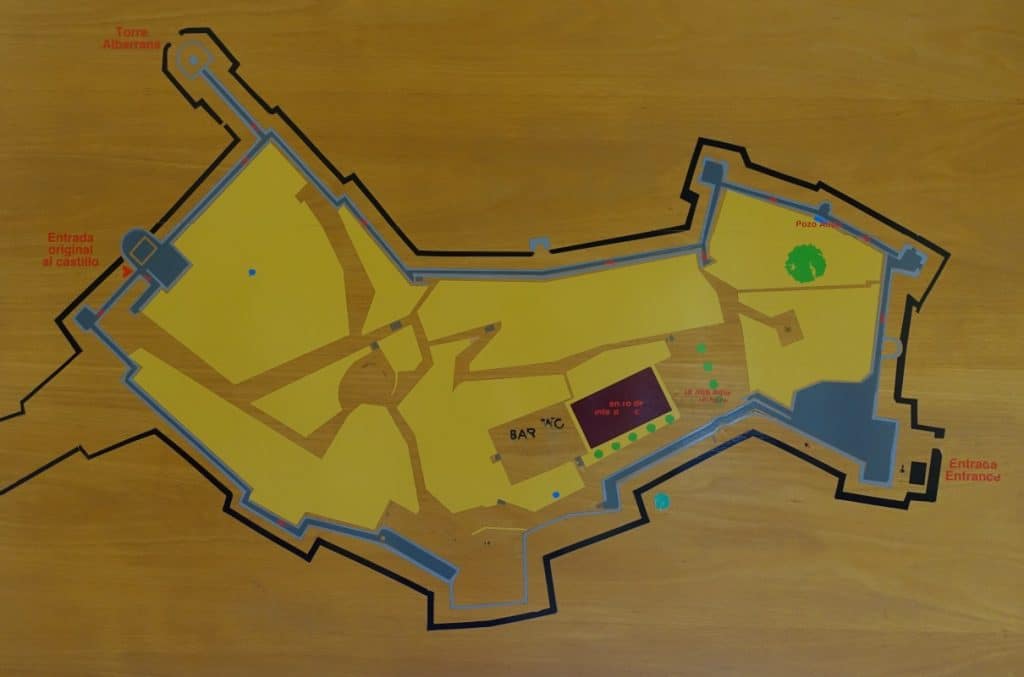
Between the 15th and 18th centuries, the fortress was used as an artillery base, and in the middle of the 19th century, French troops led by Napoleon occupied Málaga and thus also the castle complex. In the following years, the Castillo de Gibralfaro was also used as a prison before large parts of the fortress were destroyed during the war between Spain and France at the beginning of the 19th century. After the withdrawal of the French, the Castillo de Gibralfaro remained in its destroyed state and slowly fell into disrepair. Only a few rooms and courtyards remained.
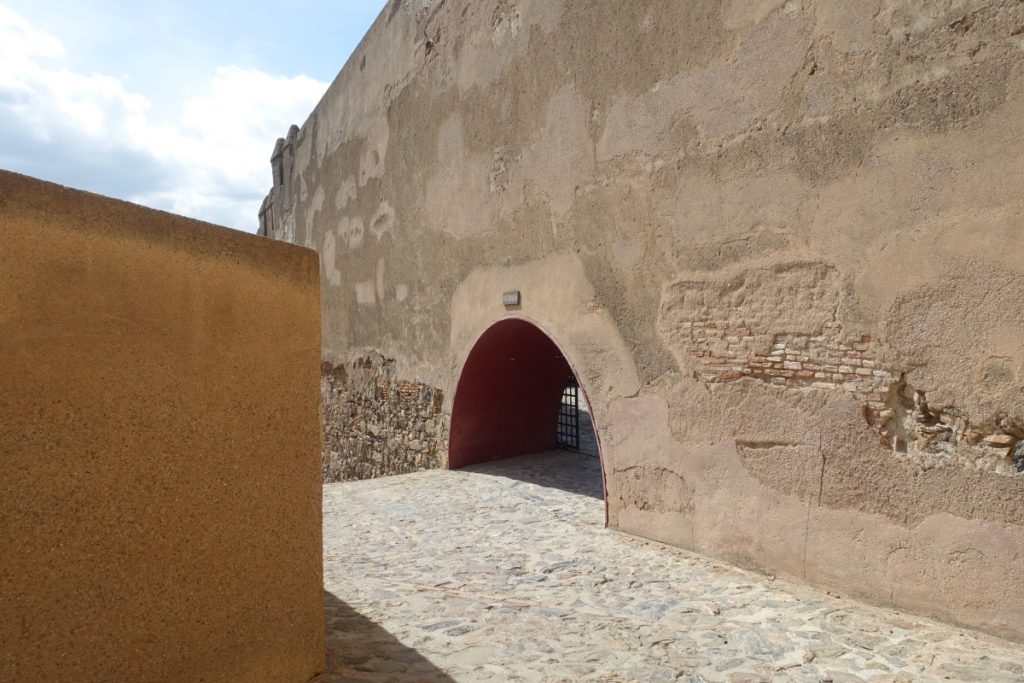
Since the beginning of the 20th century, attempts have been made to preserve the building substance through many renovation and restoration works. In 1931, the Castillo de Gibralfaro was declared a Spanish national monument.
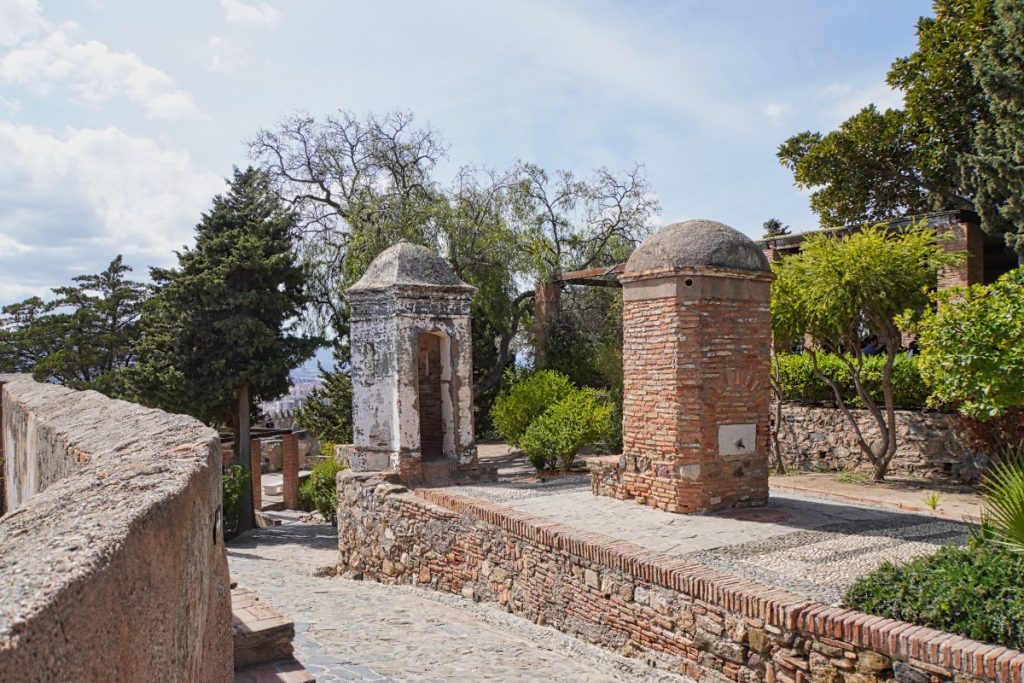
Visit to the ruins of the Castillo de Gibralfaro
If you walk along the outer walls of the castle, you can still see the wall construction according to the ancient Roman model in some places. Unworked natural stones alternate with bricks. The course of the walls is very irregular. They were well adapted to the topography of the hill. The high and wide walls are impressive and we were curious to see what was waiting for us behind them.
Through a small entrance with self-service cash registers (don’t worry, there is someone to help you if you have any questions) you enter the interior of the ruined fortress. You walk a short distance between the mighty walls and then enter the interior of the complex.
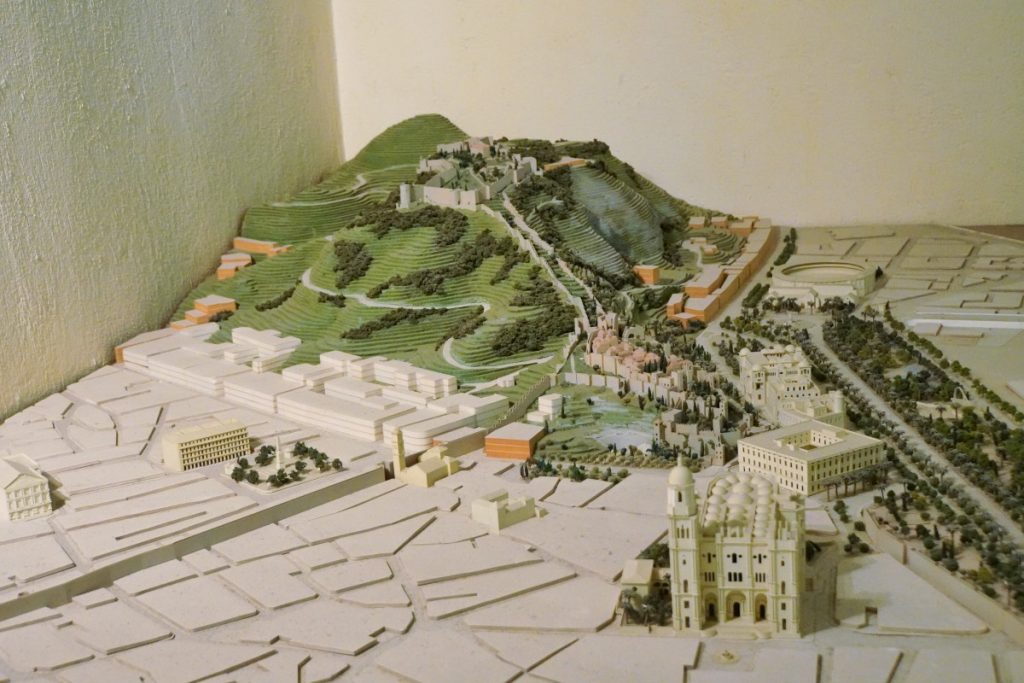
First we were drawn to the former Powder Tower. There is a small exhibition here. The permanent military history exhibition provides information about the history of the site. In addition, you can see some old armour, swords and chain mail. You can also admire a miniature view of the city of Málaga, over which the castle towers. If you would like a guided tour of the fortress, you should download the audio guide here at the latest using the QR code (hanging right at the entrance). Here you will receive well-prepared information about the Castillo.
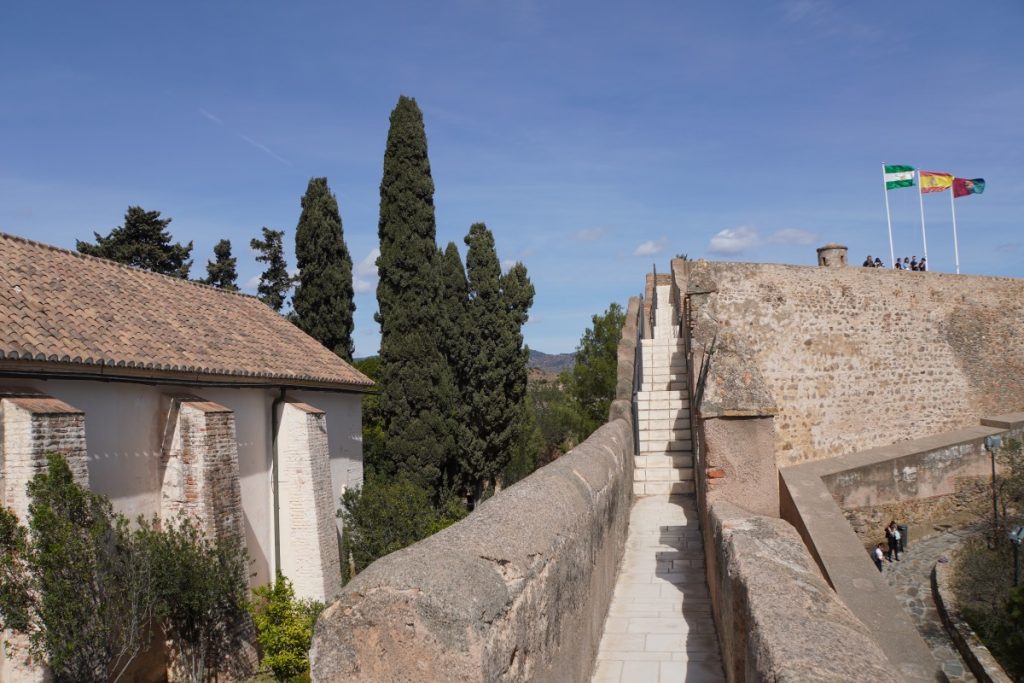
We were first drawn to the double fortress walls, which are accessible in some places and lead to viewing platforms. In the past, the guards used to walk over the walls here, but today it’s tourists who enjoy the fantastic view.
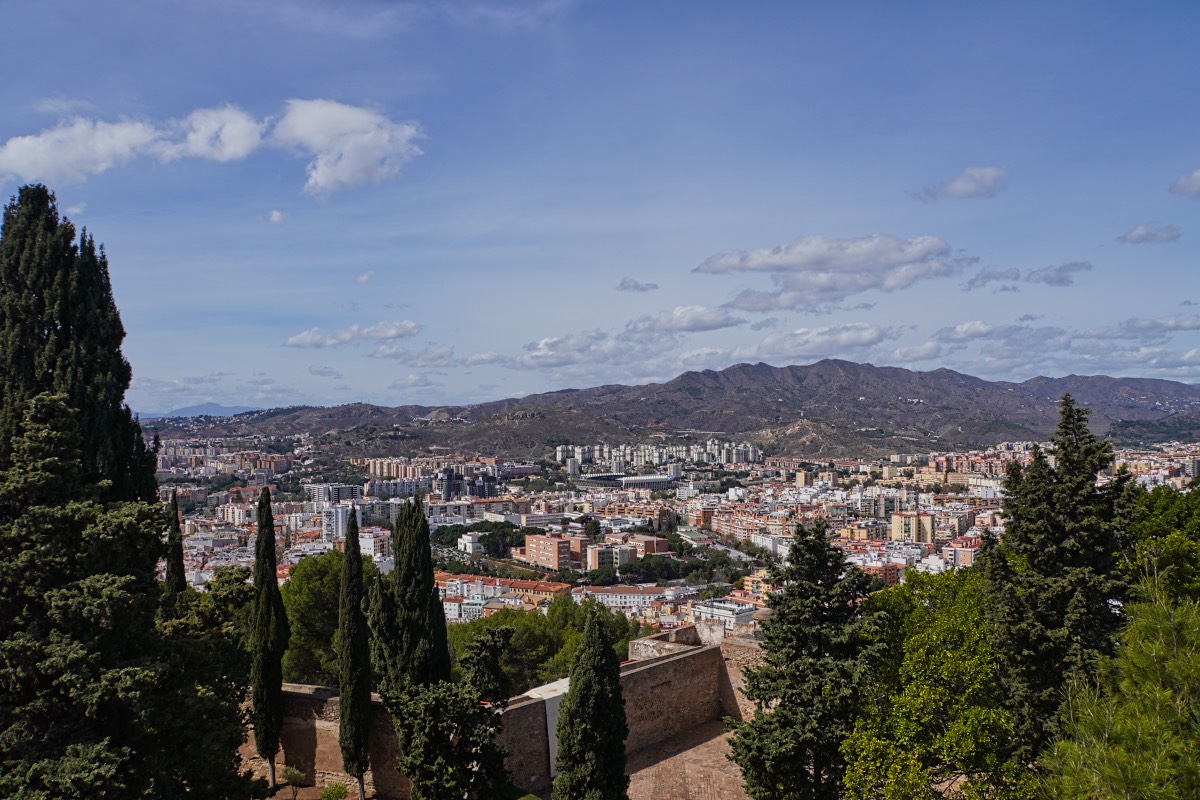
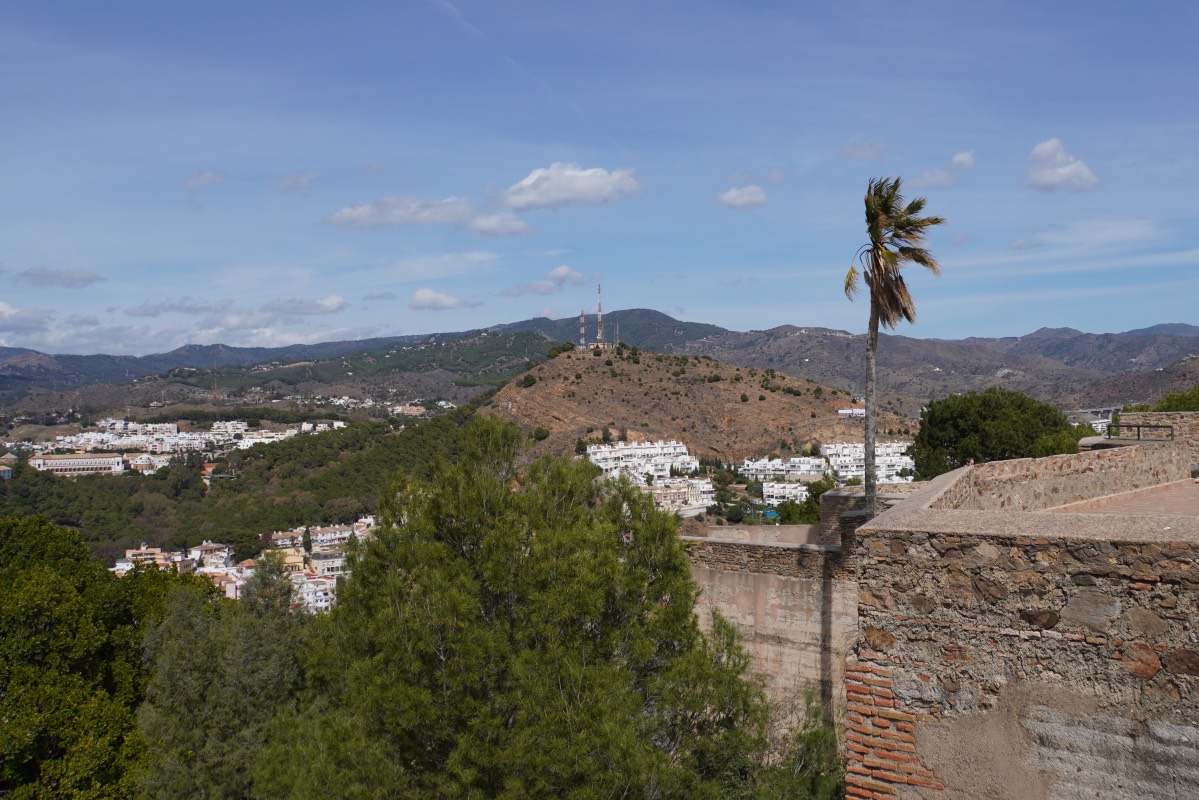
What a wonderful view of the city! There is the view inland and the mountains in the hinterland. On the other side, you look towards the harbour, the waterfront and the Costa del Sol. Yes, and you can even see the bullring of Málaga from above.
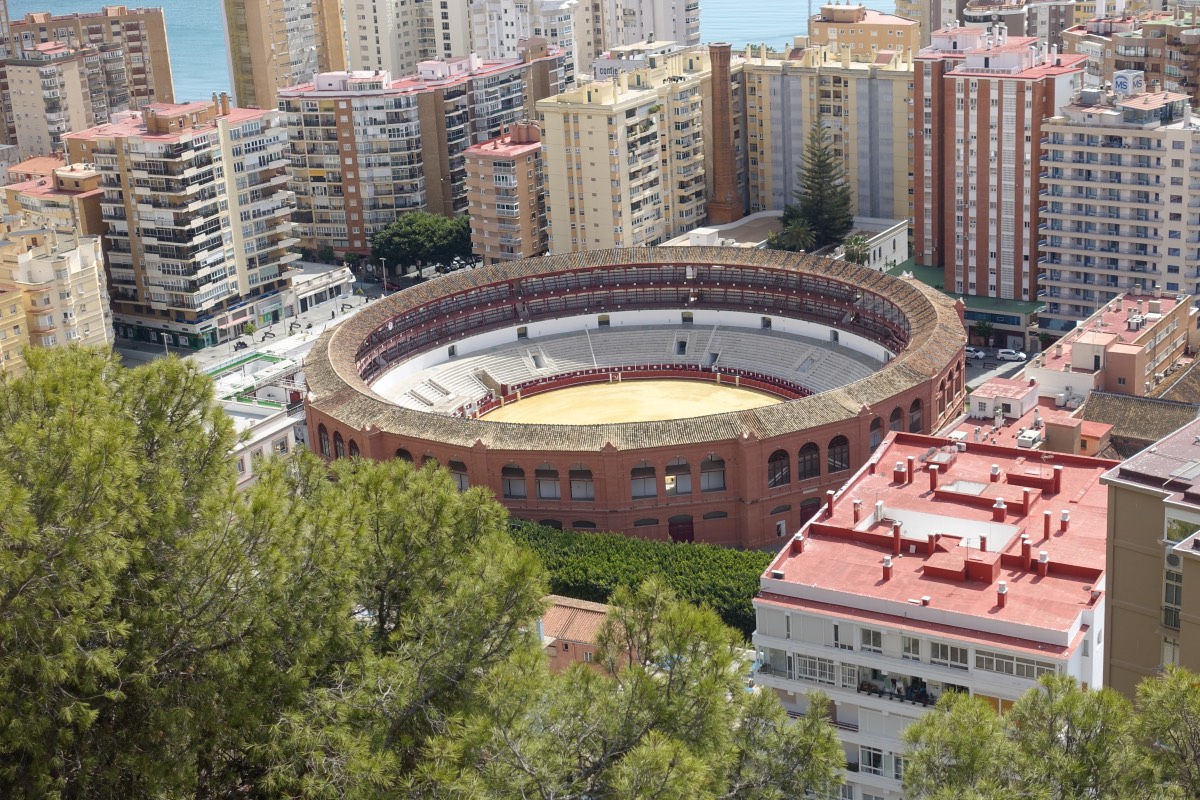
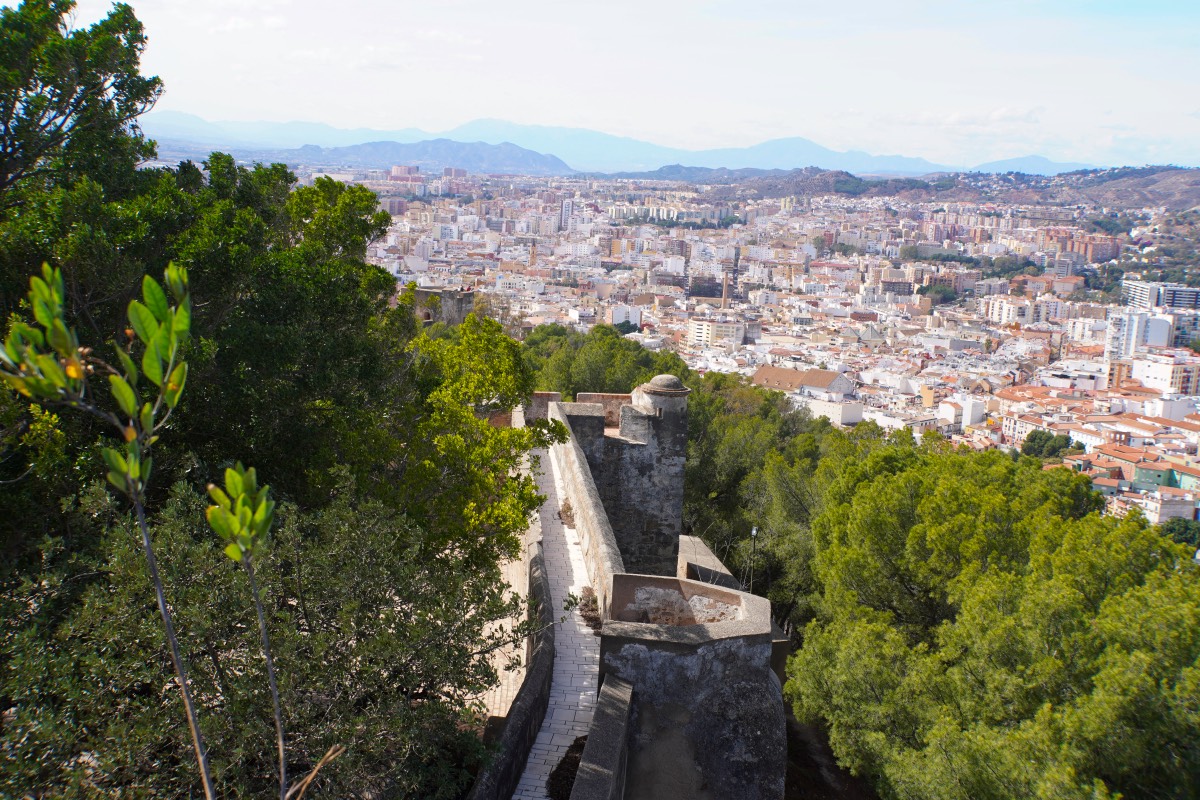
When the weather is good, you can supposedly see the foothills of the Rifs Mountains in Morocco and the Strait of Gibraltar from the viewing platform. I really enjoyed the view, as it is one of the best vantage points in the city.
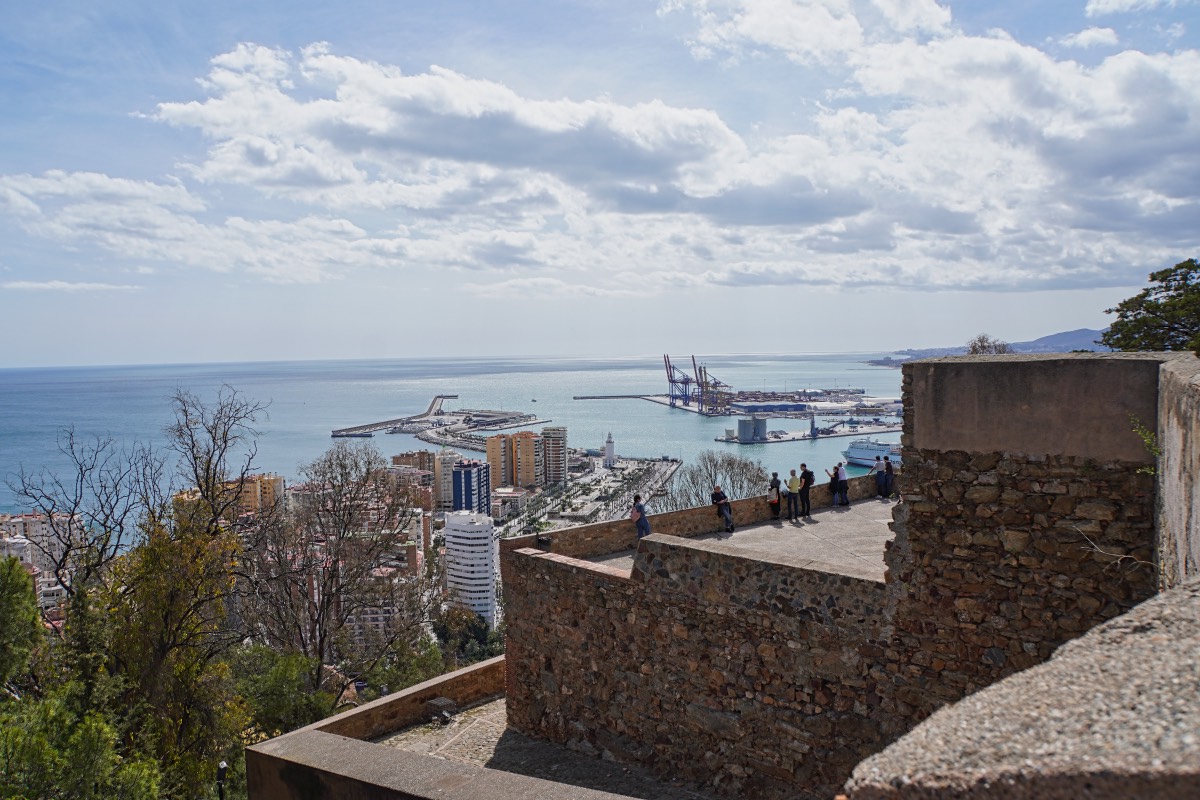
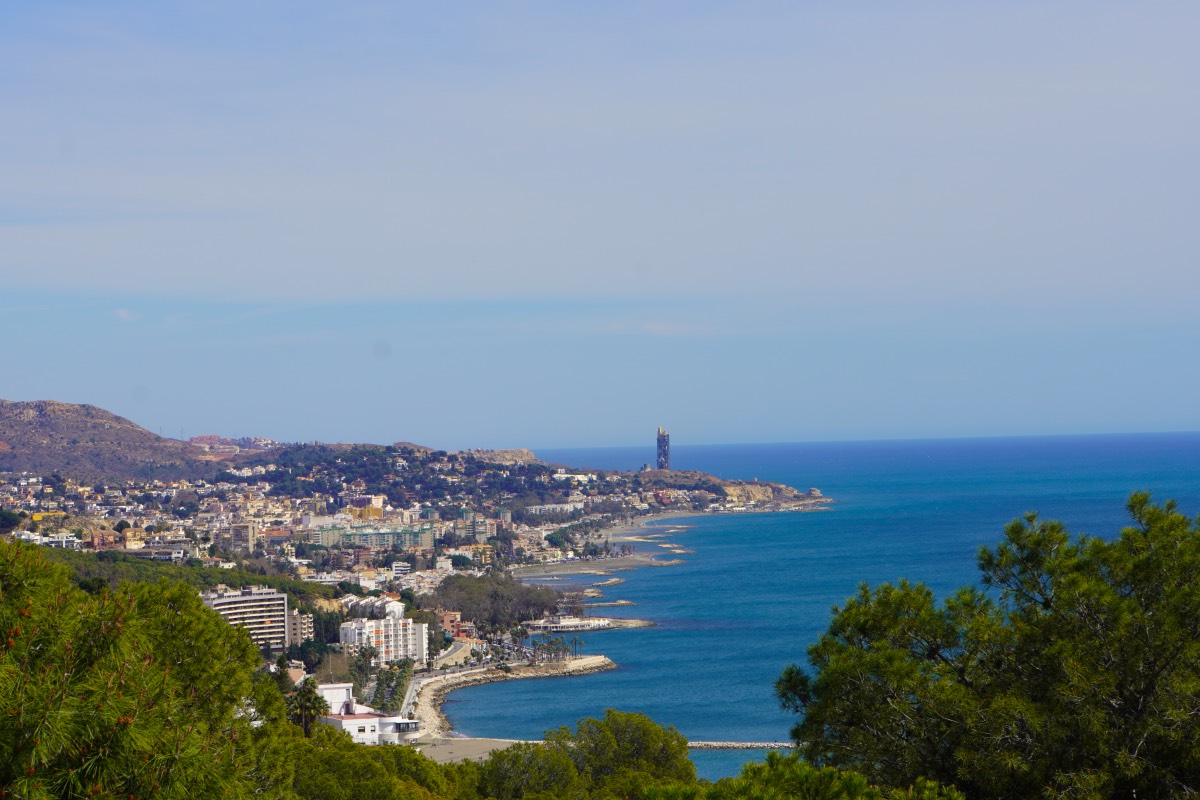
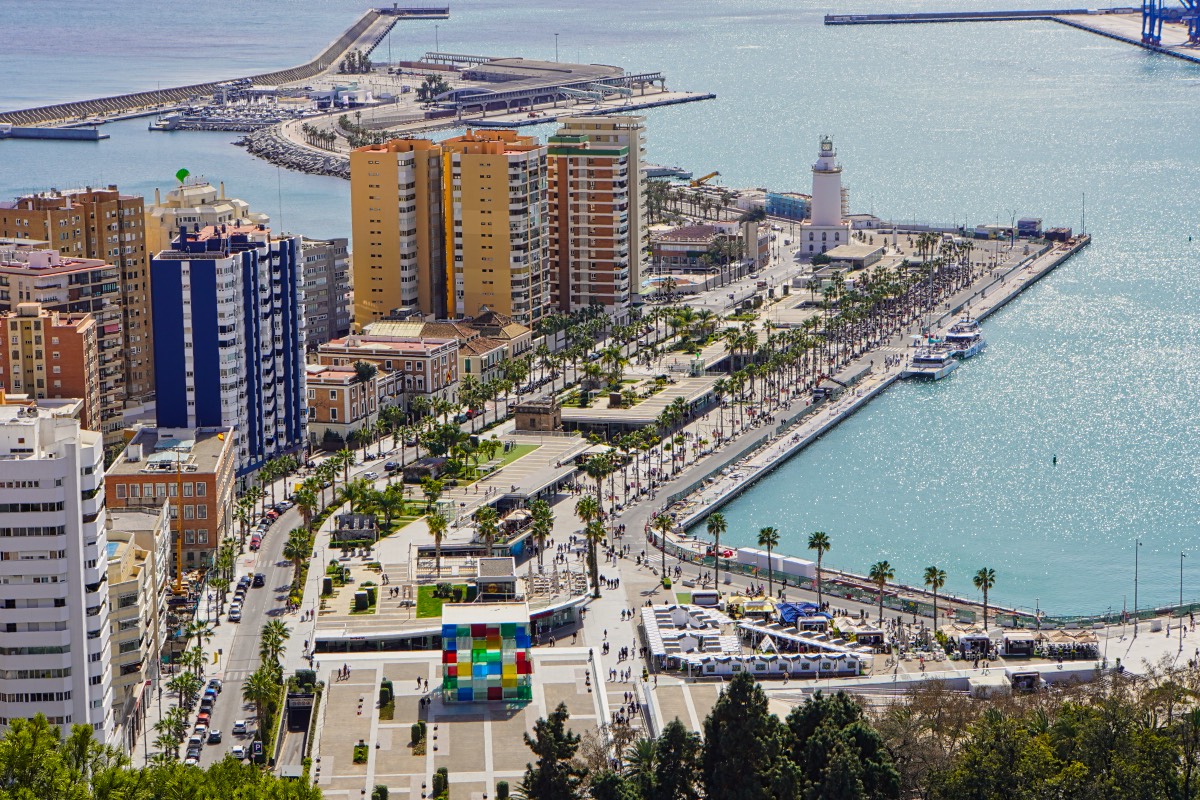
Afterwards, we were drawn to the inner courtyards. Today, pines and cypresses grow here, paths are laid out for walking and you can find some rest on benches.
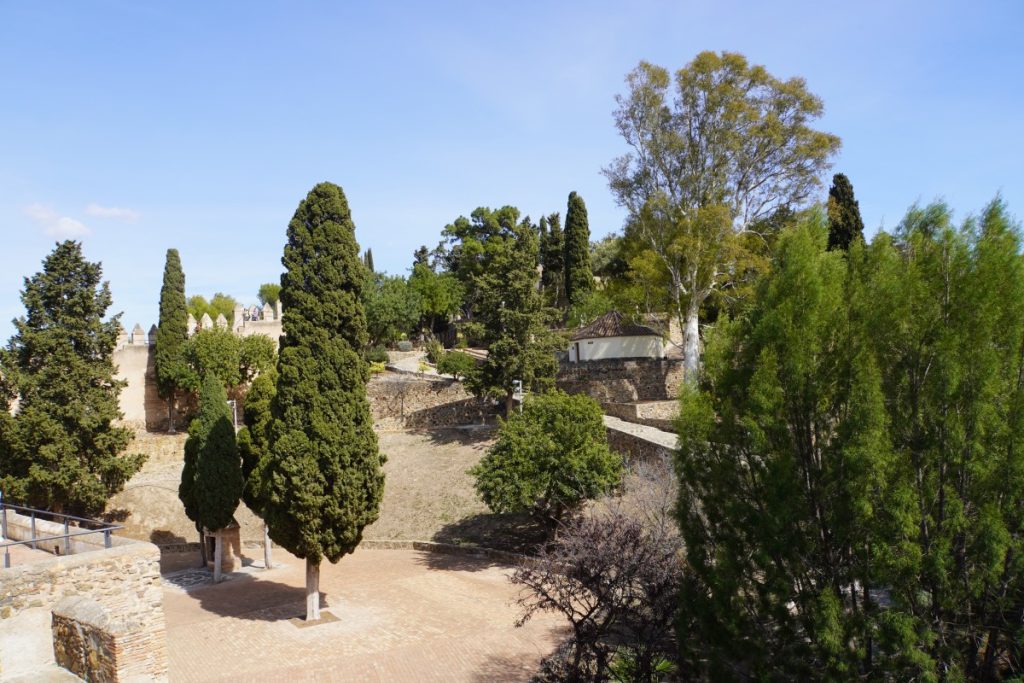
A small café invites you to take a break with drinks and snacks. There are still a few remnants of the past to be discovered in the complex, and it is definitely worth listening to the audio guide. It is difficult to discover these points on your own, as the signage is quite inconspicuous.
Address:
Cam. Gibralfaro, 11,
29016 Málaga, Spain
Opening hours:
April-October
daily 9-20 h
November-March
daily 9-18 h
Admission fees:
Adults: 3,50€
Adult Combi Ticket: Alcazaba & Gibralfaro: €5.50
(This ticket can be used on two consecutive days)
Free entry every Sunday after 2pm and with the Málaga Pass.

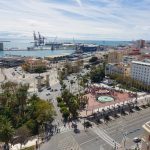

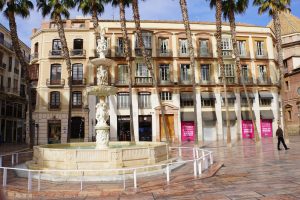

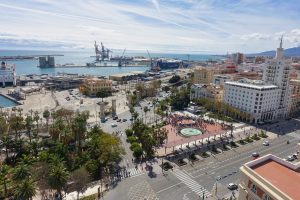
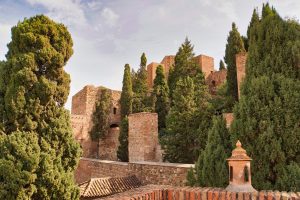


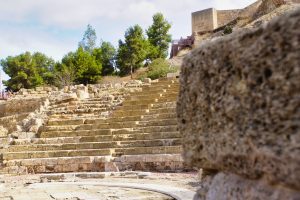
Leave a Reply